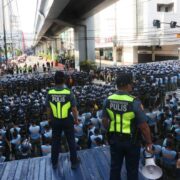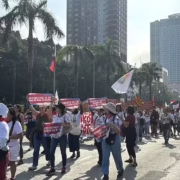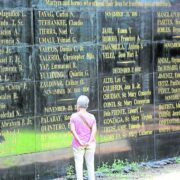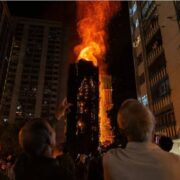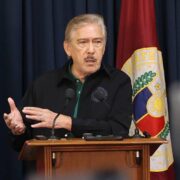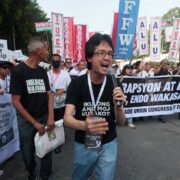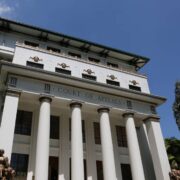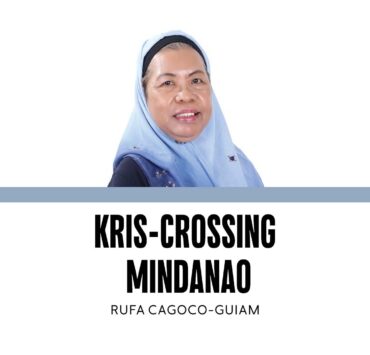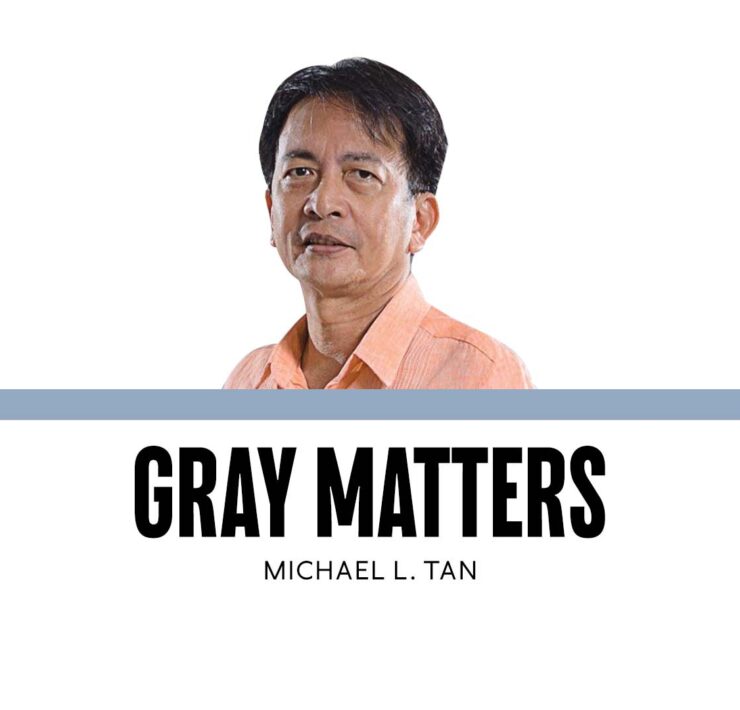Sanctuaries
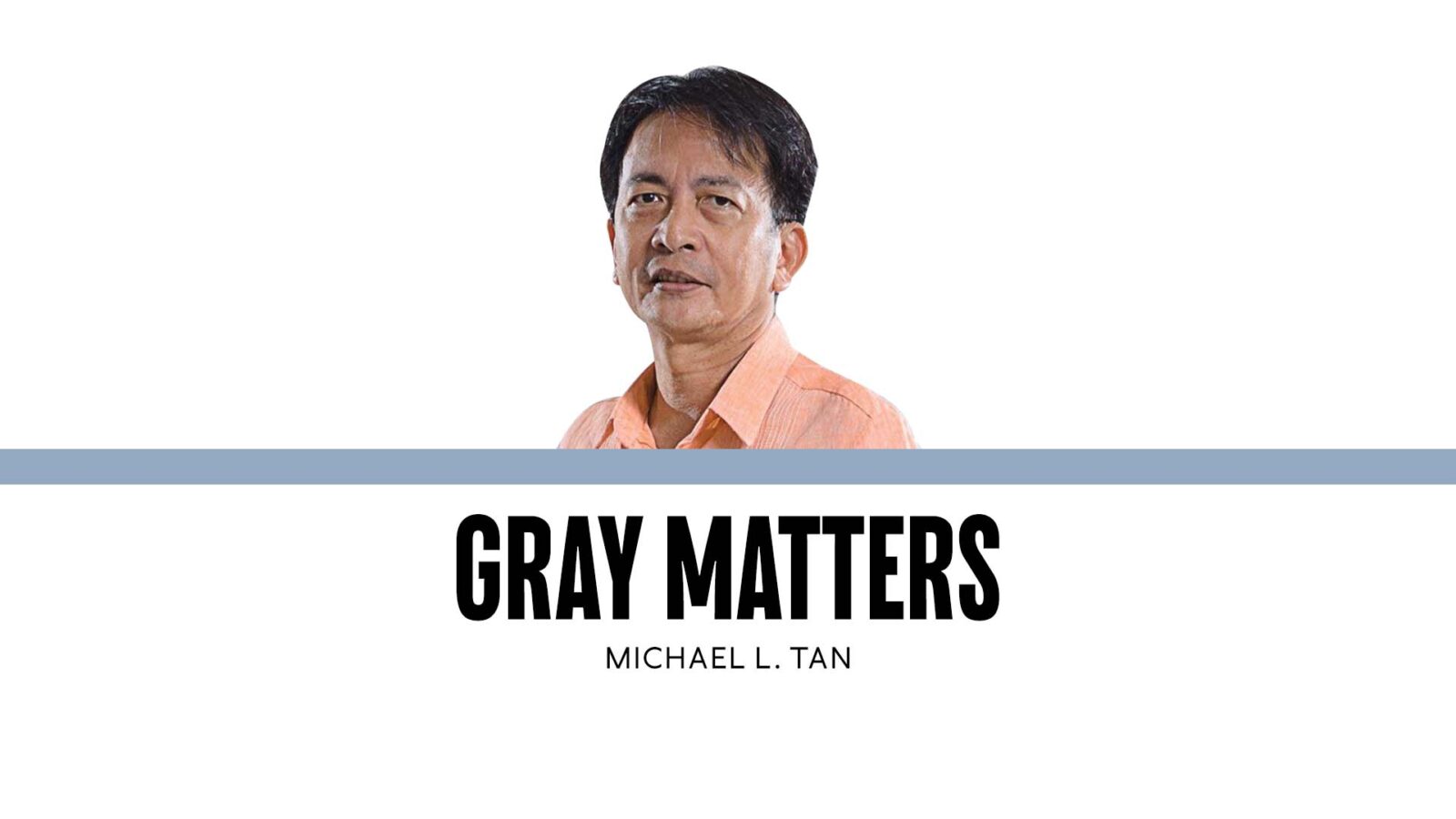
I was stunned by the headlines in American media this Monday morning, the breaking news being a multi-pronged attack on a Mormon (Jesus Christ of Latter-day Saints) church.
It was Sunday morning in Michigan, with worshippers inside the church. A gunman crashed his vehicle into the church, set the church on fire, then began shooting, killing at least four people and wounding another eight. The gunman was killed in the exchange of fire with the police.
Mass shootings in schools have become all too common in the United States, but places of worship are increasingly vulnerable as well—churches, synagogues, mosques.
The attacks on schools and places of worship create more anxiety about the situation in the US, reflecting an epidemic of bloody and deadly violence triggered by differences in beliefs, religious and secular. The attacks on places of worship are more specific, reflecting a polarized nation, now driven by hatred.
The news from Michigan got me thinking about our own situation. We have had attacks on mosques and churches, mainly in Mindanao. As far as I can remember, we have not had shootings in schools, but let’s not forget that schools have been attacked by military and paramilitary units in Mindanao, almost all involving schools put up for lumads (indigenous peoples of Mindanao), and which have been Red-tagged as institutions for communist indoctrination. The government attacks have resulted in many of the lumad schools being closed down, with an estimated 10,000 students now deprived of schooling. (These schools are put up by religious groups, mainly Catholic, and students are scholars.)
Just last week, I attended the inauguration of a commemorative photo exhibit at Adamson University about the lumad, part of a larger archiving project that documents how the schools were established and how they evolved.
After the inauguration, I talked with some young faculty, and the conversation shifted to the Sept. 21 rally against corruption in the Department of Public Works and Highways, focusing on one contingent of youth who were not with organized rallyists. Violence broke out mainly around Mendiola as police went after this group. At least two were killed in the attacks by the police.
Thinking of the attacks in the US and in the Philippines, I thought about how, in the 1970s, during martial law, systems were put in place among activist groups to protect rallyists. I remember the briefings by “veteran” activists: observing a buddy system from start until finish, even accompanying others back to dorms and homes; following instructions from marshals (e.g., “dapa!” meaning to crouch or squat, and the most serious, “takbo! (run!).”
First-aid teams were also in place, many of them medical and nursing students (and an occasional stray veterinary student). The activists also had networks in place with the hospitals and sympathetic hospital staff. Under martial law, any bullet wound had to be reported to the police or the Armed Forces, so hospital admissions had to be discreet.
There was a respite in the government’s violence after martial law, but under former President Rodrigo Duterte, violence resumed: beatings, illegal detention, disappearances. And now, under President Marcos, we see another surge in violence, like what we saw last Sept. 21, with corruption now drawing protesters of all ages.
Through all these years—more than 60 years if you think of the repressive responses even during democratic interludes—we never really tapped the concept of sanctuaries, which was strong in Europe and goes back to the Middle Ages. Both churches and universities offered sanctuaries for people being persecuted for daring to express dissent. These included political as well as religious protesters, for example, Martin Luther and the Protestant Reformation leaders. Being within a church building or a university campus assured safety, if not one’s life.
Informally, university officials like me (as University of the Philippines Diliman chancellor), argued for sanctuary in the name of academic freedom. The lumad students who needed to continue their schooling were among those offered sanctuary, not just in UP but also in religious universities.
We now live in troubled times throughout the world, and we, in the Philippines, should think of ways to put up more sanctuaries, sacred spaces, safe spaces. Goodness, if we have sanctuaries for birds and threatened animals, then all the more we need them for our youth, and more. It’s not just sanctuaries but disaster preparedness of a different kind. Over the weekend, I talked with a grandmother in her 60s, not your usual street protester, who proudly related her Sept. 21 experience, and how she was planning to buy foldable seats to share with other senior citizens!



